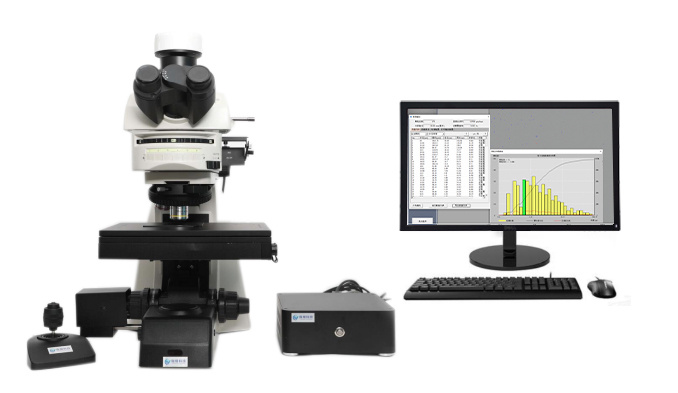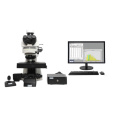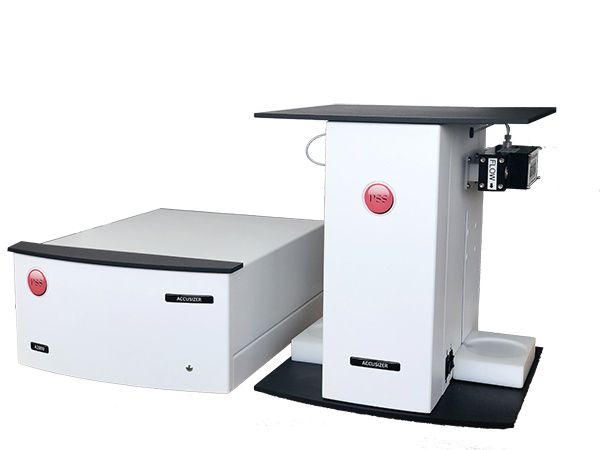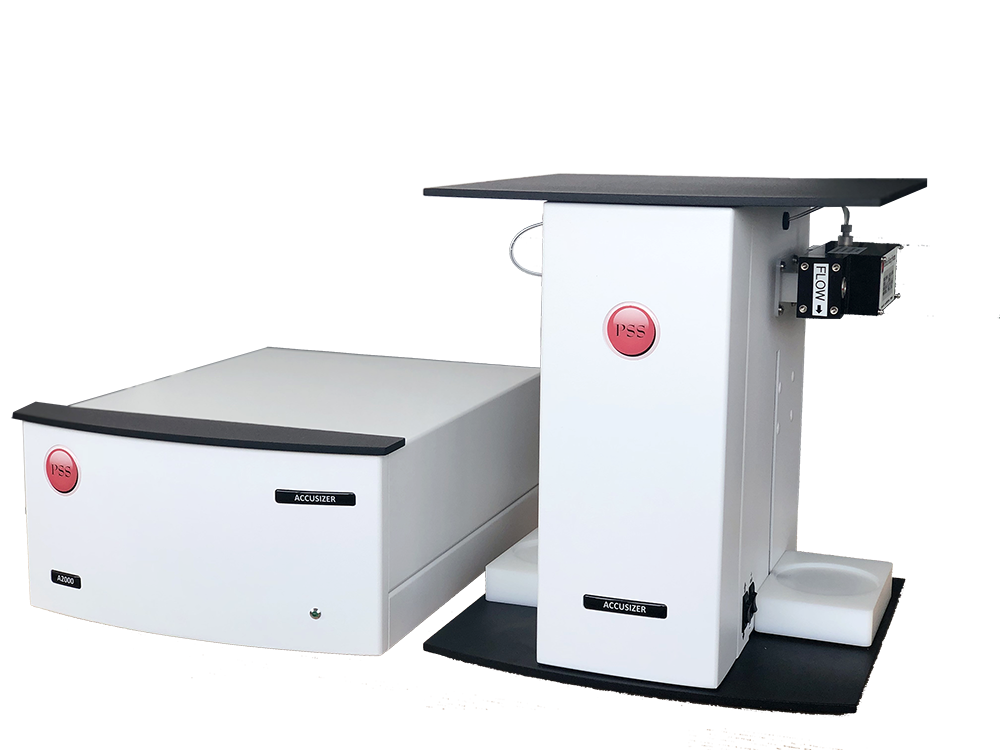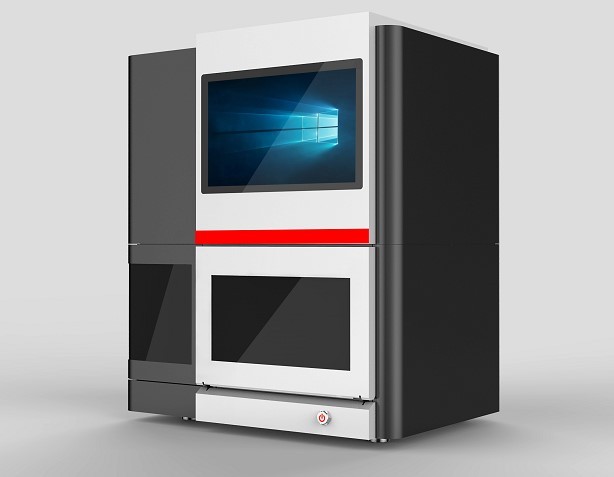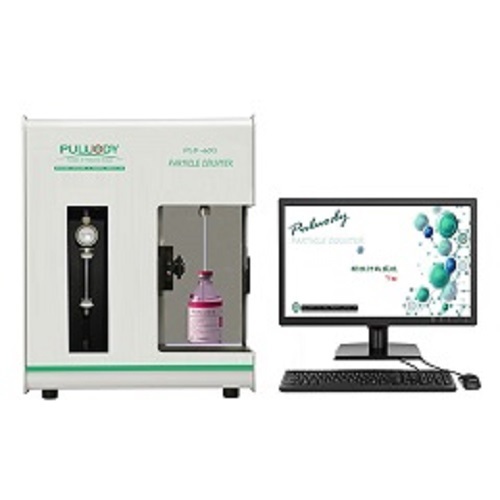方案详情
文
不溶性微粒检查专题分享
方案详情

不溶性微粒的定义:不溶性微粒一般指的是难溶性的亚可见的微粒。它可以是注射液中的,也可以是纯净水、油品、吸入制剂里面的微粒。这里我们主要指的是生物医药行业注射液或者包材医疗器械的不溶性微粒。生物医药的不溶性微粒根据USP1788的检查规定描述,主要指的是2μm-50μm之间的难溶性的微粒。具体如下图所示:但是这个也不是绝对的,特别是对于蛋白注射液来讲,因为在USP1787的章节的开头描述里面提到,这些亚可见的微粒范围指的是2μm-100μm,可见异物指的是大于100μm以上的微粒。详细描述如下图所示:不溶性微粒的危害:不溶性微粒的危害也是为什么要检测不溶性微粒,根据USP1787的描述,主要是基于安全性的考虑,不溶性微粒会的存在会引起肺部异物栓塞和肉芽肿等安全性的危害。不溶性微粒数量的多少必然会对产品的稳定性和质量产生一定的影响。USP1790章节对于不溶性微粒危害的具体描述如下图所示:不溶性微粒的分类:不溶性微粒的来源从大方向上主要是分为两类,一类是外源性的微粒,一类是内源性的微粒。USP787/1787/1790对于微粒的来源做了更加详细的分类,主要是分为3类:Extrinsic, Intrinsic, or Inherent Particles/外来、内在或固有颗粒。外源性的微粒指的是环境中的微粒,与生产制造过程无关的微粒比如毛发、环境中的纤维等;内源性的微粒指的是:生产设备或者包材中引入的微粒等;固有的微粒指的是药物本身的微粒,比如蛋白注射液蛋白聚集等。USP章节详细介绍如下图所示:USP787章节:USP1787章节:USP1790章节: 胤煌科技 YinHuang Technology让颗粒检测分析更专业 胤煌科技 YinHuang Technology 让颗粒检测分析更专业 不溶性微粒检查专题介绍-《1》不溶性微粒的基础知识介绍 不溶性微粒的定义: 不溶性微粒一般指的是难溶性的亚可见的微粒。它可以是注射液中的,也可以是纯净水、油品、吸入制剂 里面的微粒。这里我们主要指的是生物医药行业注射液或者包材医疗器械的不溶性微粒。 生物医药的不溶性微粒根据USP1788的检查规定描述,主要指的是2μm-50μm之间的难溶性的微粒。具 体如下图所示: 但是这个也不是绝对的,特别是对于蛋白注射液来讲,因为在USP1787的章节的开头描述里面提到,这 些亚可见的微粒范围指的是2μm-100μm,可见异物指的是大于100μm以上的微粒。详细描述如下图所示: (1787) MEASUREMENT OF SUBVISIBLE PARTICULATE MATTER IN THERAPEUTIC PROTEIN INJECTIONS INTRODUCTION Pare n ter al products are des i gned and manufactured to minimize part i cu l ate matter, which is differentiated into two broad categories: vi s ible and subvisible . The absolute l imit of vi s i bility, or detect abil i ty, depends o n t h e test co ndi tio n s and the nature of the p a r t icula t e ma t t er . T his ae n e ra l i n f or m ation ch a pter covers s ub vi si ble par t ic l es in t he range of 2-100 pm Particles larger tha n n 100 pm are generally considered visible partic l es (see Visible Par t icul ates i n I n jecti o ns (790)). 不溶性微粒的危害: 不溶性微粒的危害也是为什么要检测不溶性微粒,根据USP1787的描述,主要是基于安全性的考虑,不 溶性微粒会的存在会引起肺部异物栓塞和肉芽肿等安全性的危害。不溶性微粒数量的多少必然会对产品的稳定 性和质量产生一定的影响。USP1790章节对于不溶性微粒危害的具体描述如下图所示: 2.2 Patient Risk A c o mplete re v iew of t h e m e di ca l l i t e r a t u re is beyo n d the scope o f t his chapte r, bu t t he effec t of par ti c les on t h e patient mus t be c on si d ered. A n umb e r o f r eviews on t h is s ub j ec t a re a v a il ab l e (7-13). The cl inic a l i mplic a ti on s of p a rt i c u la te m a tt e r i n inject i ons a re determ i n e d by many f actors, in cluding the s iz e a n d n u mber of part i c le s , the compos i t i o n of the material, the p o tent i al for mic ro bio log ic a l co n taminatio n , the ro u te o f a dmi ni s tr a ti o n , t h e i ntended p at i e nt popu l a t io n, and the c l i n ic a l c o ndit i o n of the p a t i ent . For examp l e, an ot h erwi s e he a lt h y i n d i v i d u al receiv ing a s u b cut an e o us or i n tr a muscul a r i n j e c tio n containing sterile , i ner t p a rtic u l a tes wo u ld l i kely experience no adverse effect or a t worst wo u ld de v elop a sm a ll g r anuloma. On t he othe r hand, a c rit ic a lly i l l premature i nf an t re c e i v ing a par ti c l e -l aden i nf u s i o n di r ec tl y th r o u gh an umbilical c a thet e r might su f f e r co n s i d er a ble path o ph ysi o l o g i c s eque lae (14,15). G ar v i n a nd Gunner were among the f i r st to r eport a concern a bo u t the ef fe ct s of p a r t i c l es in hu man pat i ent s (16,17).For o bvious e t hic a l reason s , t her e i s a l a ck of c o nt r o l l ed c l inic a l stu die s on the e f fe cts of p ar t i cles i n huma n patients . Some an ecd o tal i n format i o n a bout huma n pat i ent s afet y may be o btained by ex a m i ni n g c as e rep o rt s of i n tr a ven o u s dr u g a bu s er s (18-20). In these c a ses, so l i d oral d o sage s are o ften gro u nd u p and i nje c ted a s a s lurry ; p u lmonary forei gn bo d y embol i a nd gr a n ulomas were obser v ed i n these p a tient s (21). Unfor t u nate ly, the c l inic a l risk s t o hum a n p a t i ent s posed by s mall number s o f p arti c l es are d i f f i c u lt t o i nfer from t hese obser va t i ons d u e to the extreme n umber of i nsol u ble p a r ti cle s a n d the unc o ntrolled co ndit i ons in w hi c h t hey w e re ad m i ni s t e re d . Numer o u s a n im a l s t u die s ha v e been con ducted to d eterm in e the fate o f i nt r av e no u s p a r t icles w i t h differe n t siz es a nd co mpo s i tion (22-25). Mo st s t u die s h ave f o c u se d on s u bvi s ible p a r t i c l e s wi t h a d iameter o f <50 pm. I n the s e s tu dies , a massi v e i nfusion of par t ic l es has been acc om pani e d by histologic ev i dence o f i n j u ry to pulmonary capil l ary endothe l i al c e ll s (26), m ic ros c o p i c thrombi i n t h e pu l m onar y c a p i l la rie s (27), pulmon a r y mi c r o sc o pic gr a n u l o ma t a (28), a n d hepa t i c i n fl a mm a t o ry ef f e cts (29). Althou g h u s ef u l f o r u nder st a n d i n g the pat h o p h ysiolog ic re s po n se to part i cul at e m atte r , th e la rge n umbe r o f p articles used i n the se st u d ie s (e .g., 10° pa r ticles /kg per i nj ect ion) prov i de s l ittle insig h t i nto t he r isk t o humans posed by small n umber s o f m acrosc o pic par t ic l es . Arter i al embol iza t i o n usi n g m ate ri a l s such a s pol y v i ny l al c o h ol (PVA), co ll a g e n -co ated acryl i c m ic r ospher es , an d gel a t in spheres a l s o prov id es s ome insig h t into t h e p ot e nti a l human pathophysiol o gi c impli ca t i o ns o f n on-ta r ge t emboliz a t io n of ex t raneous-p a r ti c l e i nt r ave n ou s i nfusions . I n t h ese cases, mas s ive part i cle l oa d s mov i n g fr o m th e a r t e r i a l inj e ct i o n s i t e i nto t he v en o u s c i rcul a ti o n w er e a ls o reporte d (30-34). 不溶性微粒的分类: 不溶性微粒的来源从大方向上主要是分为两类,一类是外源性的微粒,一类是内源性的微粒。 USP787/1787/1790对于微粒的来源做了更加详细的分类,主要是分为3类:Extrinsic, Intrinsic, or Inherent Particles/外来、内在或固有颗粒。 外源性的微粒指的是环境中的微粒,与生产制造过程无关的微粒比如毛发、环境中的纤维等;内源性的微 粒指的是:生产设备或者包材中引入的微粒等;固有的微粒指的是药物本身的微粒,比如蛋白注射液蛋白聚集 等。USP章节详细介绍如下图所示: USP787章节: (787) SUBVISIBLE PARTICULATE MATTER IN THERAPEUTIC PROTEIN INJECTIONS This chapter can be used as an alternat i ve to USP genera l chapter Particulate Matter i n I njections (788). I t specifically add r esses therapeu t ic protein injections and r elated preparations , allowing use of smalle r test product volumes and smal l er test aliquots to determine particulate matter content, with sample-handl i ng i nstruct i ons tha t take i nto acco u nt the i ssues a s sociated with the analysis of these mater i als. Although the methodology and limits presented in thi s chapter are preferred for therapeutic protein i njections, the use of regulatory-acceptable alternative anal y t ical methods with adequately developed subv i si b le par t i c ulate l imits i s acceptable . The r apeu ti c protein i njections are biotechnology-d e rived products of protein or peptides and other therapeut i c protein injec t ions such as natural l y sourced therapeutic prote i ns, i ncl u ding thei r f i n al i n fusion preparations. Certain preparations that are not a menable to these test s , such as prophylac t ic vacc i nes , are no t included in thi s guidance . Par t iculate matte r i n therapeut i c pr ot e i n i n i e c ti on s c on si s ts of mobi l e undissolved substances that may originate f r o m va riou s sources . The part i cles may be (a) t ruly forei q n, or "extrinsic",e .q., unexpected foreign material, s uch as cellulose; (b)"int r insic"resul t i n g from addi t ion or by insuff i c ien t cleaning during manufa c tu r ing, such as tank metal s or gaskets, lubricants, f i l l i ng h a r dwa r e . o r re su l ting from i nstab i l i ty, e.g ., cha n g e s over t ime, suc h as i nsoluble drug sal t forms or package degradation; and (C)"in h erent", s uch as particles of the protein o r formulation components . All o f th e se particle types may be detected and counted i n the test metho d described i n this chapter . I n addition, for l i ght obsc u rat i on (LO) methods, qas bubbles are commonly counted during part i culate matter testing and ar e count i ng artifacts. For the de t e r mi n ation of subvis i bl e pa r ticles in t herapeutic to that described i n (788) may be usefu l i n cases where the particles be i ng analyzed are primari l y nonproteinaceous, or i n cases whe r e examination of particle characteristics may be i mportant . T he results f rom this test are not eq u ivalent to t hose from the LO test . USP1787章节: Email: info@yh-tek.com Phone: 400-808-3017 Website: www.yh-tek.com (1787)MEASUREMENT OF SUBVISIBLE PARTICULATE MATTER IN THERAPEUTIC PROTEIN INJECTIONS INTRODUCTION Parenteral products are designed an d manufactu r ed t o mi n i mize part i culate matter , which is differentiated i nto t wo broad 2020 categories : visible and subvisible. The absolute l i m i t of vi s i bil i ty, o r detectabil i ty , depends on the tes t condi t ions and the n at ure of th e pa r ticulate m at t er . Thi s general i nformation chapter covers subvi s ible par t icles i n t he r ange of 2-100 pm . Par t icle s l arger t han 100 pm are generally consid e red visible pa r t i cles (see Visible Pa r t iculate s i n I n ject i ons(790)). Foreiqn and particu l ate matter are undesirable in the f i na l product. These un d e sired particles a r ise from two sources : extri n sic or foreig n matter an d i n t r i n s ic or product-re l ated matter.Ex t r i nsic matter can n o t be a s sociated with produ c t or process . I ntri n s ic par t i cles may be a byproduct o f the assembly of the product or resu l t f r om ch a nge over ti me . A th i rd category, inherent matte r , describes a physica l state o r pa r t i c les that are an expected attr i bute of th e product . The aim of this chapte r i s to provide addi t ional i n format i on to suppor t Subvisible Part i culate Matter in The r apeutic Protein I n ject i ons(787), which has l i m its f or s10-pm and s25-pm par t i cl e co n tent . Because the monitoring of the s u b -10-pm popul a t i on may be an impor t a n t p rod u c t quality parameter collection of da t a in the 2-10-pm range (e.g.2-5 pm a n d 5-10 pm) is recommended. T his chapter will fo c us on enumeration, characte r i z a t io n, a nd when pos s i b le , ident i fication of i nhere n t particles, dist i nqu i shing them from ext r i nsic and i ntrinsic par t i cles . The chapter does not cover formul a tions that a r e suspensions o r emuls i ons , or those that conta i n ad j uvant s o r s i m ilar i n tended pa r t icle components. However, foreig n and pa r t iculate matter should be min i mized i n th e f i n a l d r ug product, and the st rategy and methods utili z ed a re u l t i mate l y determined by th e manufacturer . Extrinsic Particles Mater i als t hat ar e not pa r t of t h e formulation, packag e, or assemb l y process, but r ather are foreign and u n expected.Examples of extr i nsic par t i c le s incl u de materials f rom biological source s (e.g., fibers, i nsect p a r ts , poll e ns, and ve g e t ative matter), f rom proces s and buildi n g materi a ls (e.g.,cel l ulose, l i n t, mineral s , gl a ss , plastics, rubber, metal , and paint), and f rom personnel(e .g., epi t helial cell s , clot hi ng fragments , and hai r s). Intrinsic Particles Materia l s occurring in the final product that arise f rom sources within the f ormulation i ngredients , assembly process , or packaging. Thei r associ a tion with the p r oduction p r ocess and/or package-re l ated sources can be indicative o f system i c problems . For example , si l icone o i l i s an important manufactur i ng and prod u ct component that may affect particle counts and, i n excess, i s considered intrinsic. The i nc i d ence of s i l icone oi l -rel a ted particles m ay cor r elate with processing sequences or formulat i on component sources.Detection, ident i f i c a tion, and measureme n t o f s i l icone oil -related partic l es are disc u ssed f urther in anot h er section of this chapte r . I n t r in s ic pa r ticles ca n be s i milar i n s ome ways to extr i n s ic part i cles s uch a s r ubber , m etal , plast i c , a n d qlass , but may ar i s e because of i n sufficient clean i ng of p r ocessing equ i pment . I ntr i nsic particle s can also ar i se from changes in the product over time. These changes may be reated to ionic or organic extracts. instabiity of the active phar m ace u t i cal i ng r edi e nt (API), formu l ation degrad a tion, or product-packag e i n teraction . Intr i n s ic part i cl e s may promo t e protein, and one should be aware o f th i s poss i b il i ty . Inherent Particles Mater i als that a r e expected f rom the dru g substance and other fo r mul a tion components, and thus represent a potent i ally a cceptable characteri s t i c of t he produc t . I n the contex t o f t herapeutic protein injections , the pr i ma r y source of inhe r ent part i cles is protei n aceous aggre g ates f ormed ei th e r s olel y b y i ntera c t i ons of the protei n with it s el f or i n combi n at i on with o ther f or m ulation i n gredients . The presence o f prote i naceous par t icl e s shou l d be assess ed for process co n s i stency and produc t I quality .d ent i f i cation and cha r acter i zatio n of the aggregate s are cr i tical f or di s ting u ishing them from extr i ns i c an d i nt r i n s i c particles . The tools a n d techniques d iscussed i n this chapte r are applicable to al l s ources but are especially use f ul f or t he chara c terization of prote i n ag g regates . USP1790章节: 4. INSPECTION LIFE-CYCLE 4.1 Extrinsic , Intrinsic , or Inherent Particles P ar t i c l es may or i ginate f rom m a ny sources . T h ese a re di s cusse d h e r e , a s wel l a s i n o the r c h a p ter s i n the U5P(e .g.,(1787)). Those that are f oreig n to the man uf act u ri ng proces s are con s i de r ed to be exoge n ous or "extrinsic " i n origin; t h ese include h ai r n on-proce ss -r e late d f iber s , st a rc h, m i ne r a l s , i n sect part s , a nd s imila r i nor g anic a n d o r ganic mater i a ls. Ex tr ins i c m ate r i al is ge n erall y a o n e-t im e o ccur r ence a nd s hould res u l t i n t h e reje c t i o n of t h e a f f ecte d contai n e r i n whic h i t i s s een ; h o wever , e l ev a ted l evel s i n t he l ot may i mp l icate a broader con t ribution fram t he same source . T hese part i cles may carry an i ncreased ri s k of m icr o bio l og i c a l or e xt r a c t a b le cont a mi n a tio n , bec a use less i s k n own a b out the i r p ath pr i or t o deposit i o n i n th e product c o nt a iner or t h e i r inter a cti o n wit h t h e pr o duct . Ot h er par t i c les are considered "intrins i c " f r om within the process, or "in he r ent ", wh i ch are known to be or i n tended to be a s soc i a ted wit h s p ec i f i c prod u c t f o rmulat i o ns . The determi n a t i on of whet h e r t h e part i c ul a t e i s i n here n t or i n t ri nsic to the p r o cess
确定
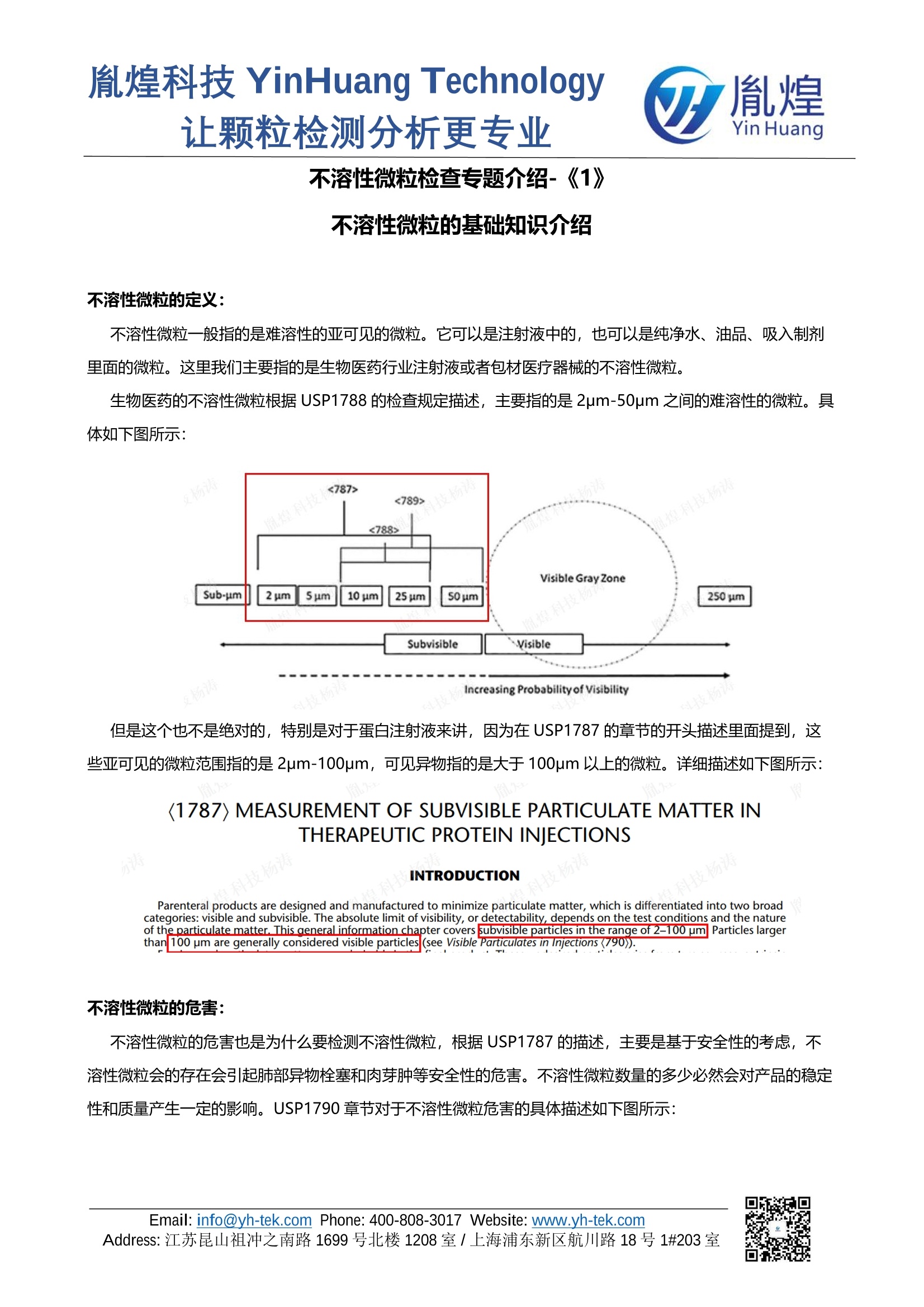
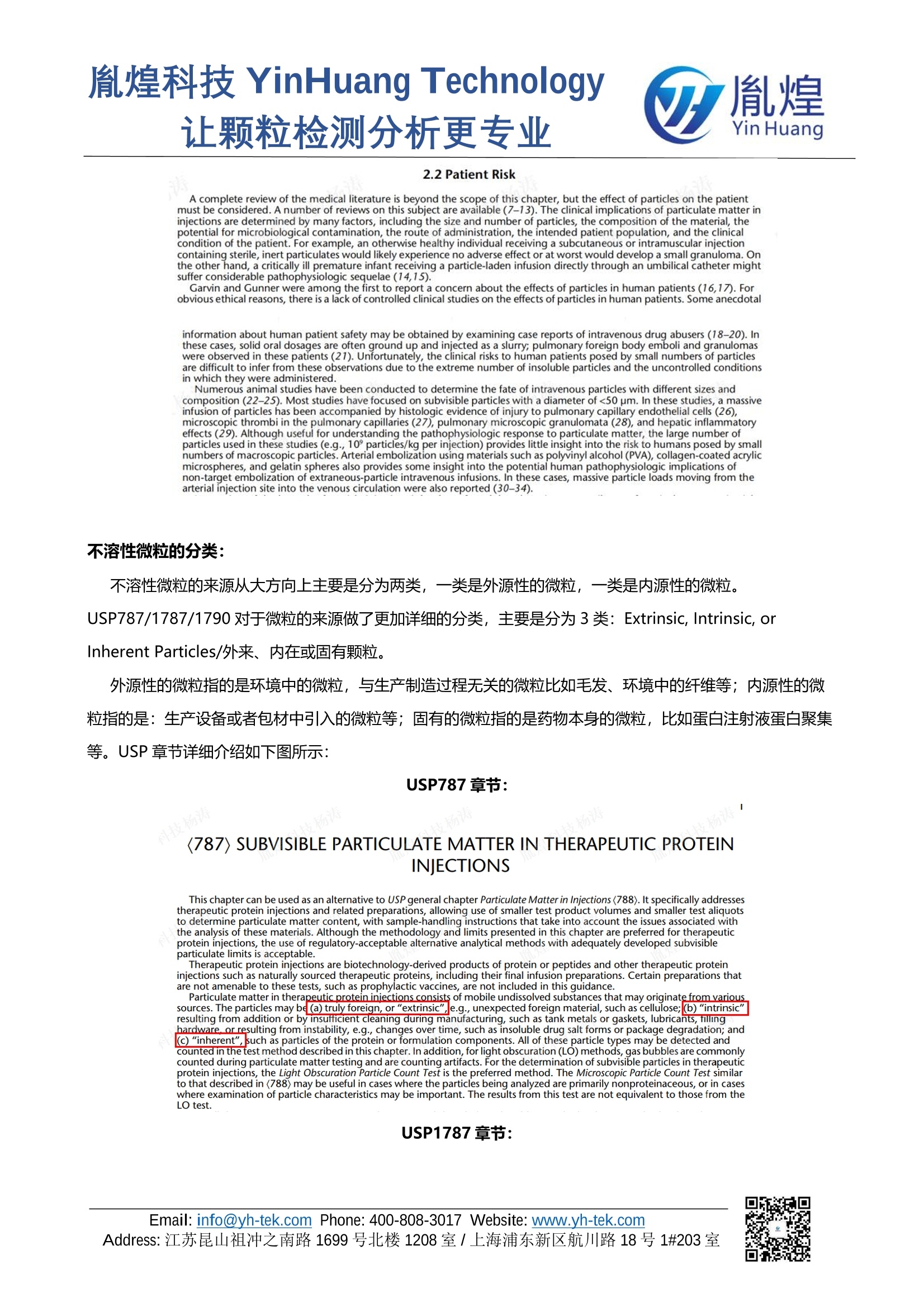
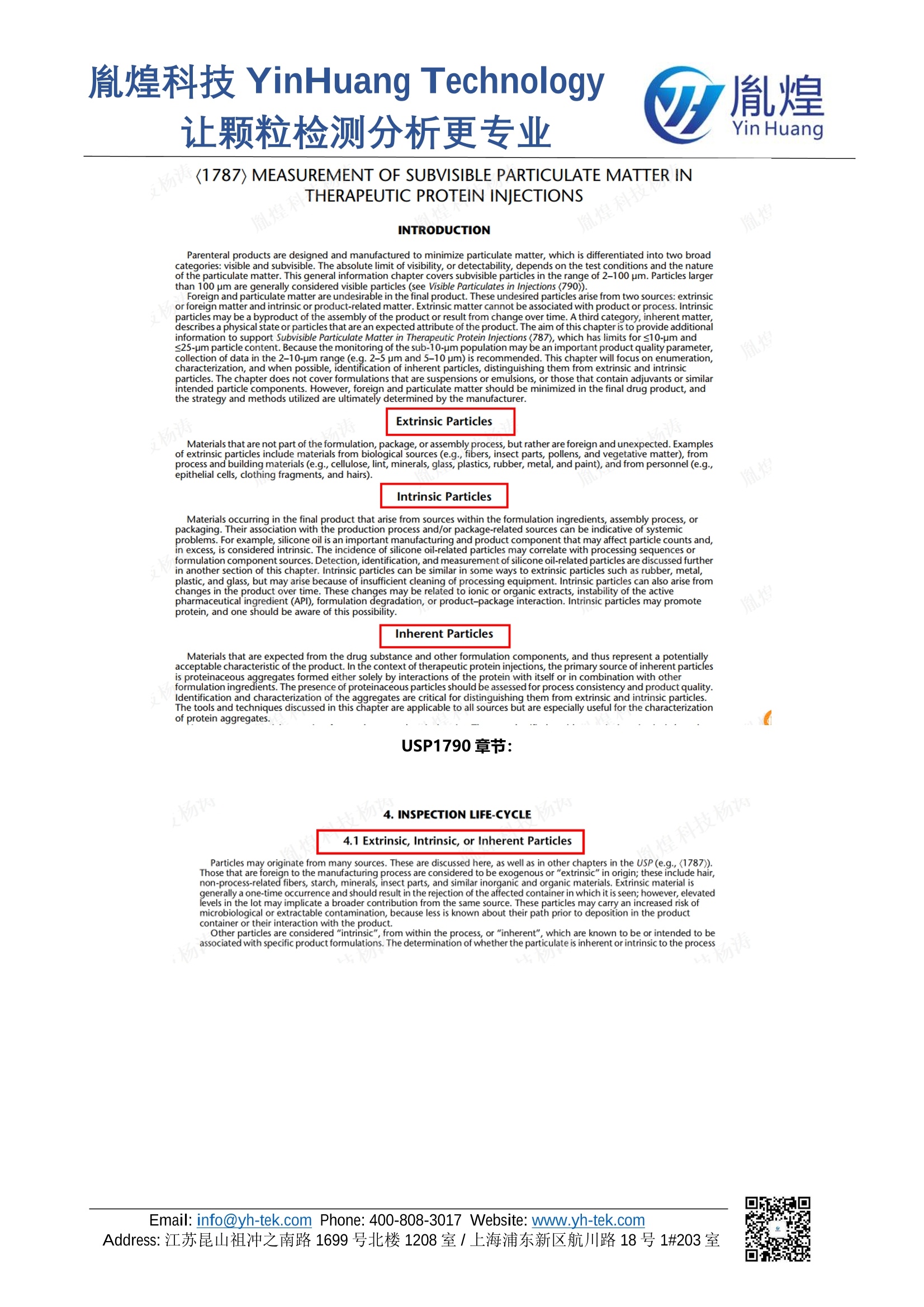
还剩1页未读,是否继续阅读?
上海胤煌科技有限公司为您提供《不溶性微粒专题分享1-不溶性微粒检查基础知识》,该方案主要用于化药新药研发中不溶性微粒检测,参考标准--,《不溶性微粒专题分享1-不溶性微粒检查基础知识》用到的仪器有胤煌科技显微计数法不溶性微粒分析仪YH-MIP-0103
推荐专场
相关方案
更多
该厂商其他方案
更多

